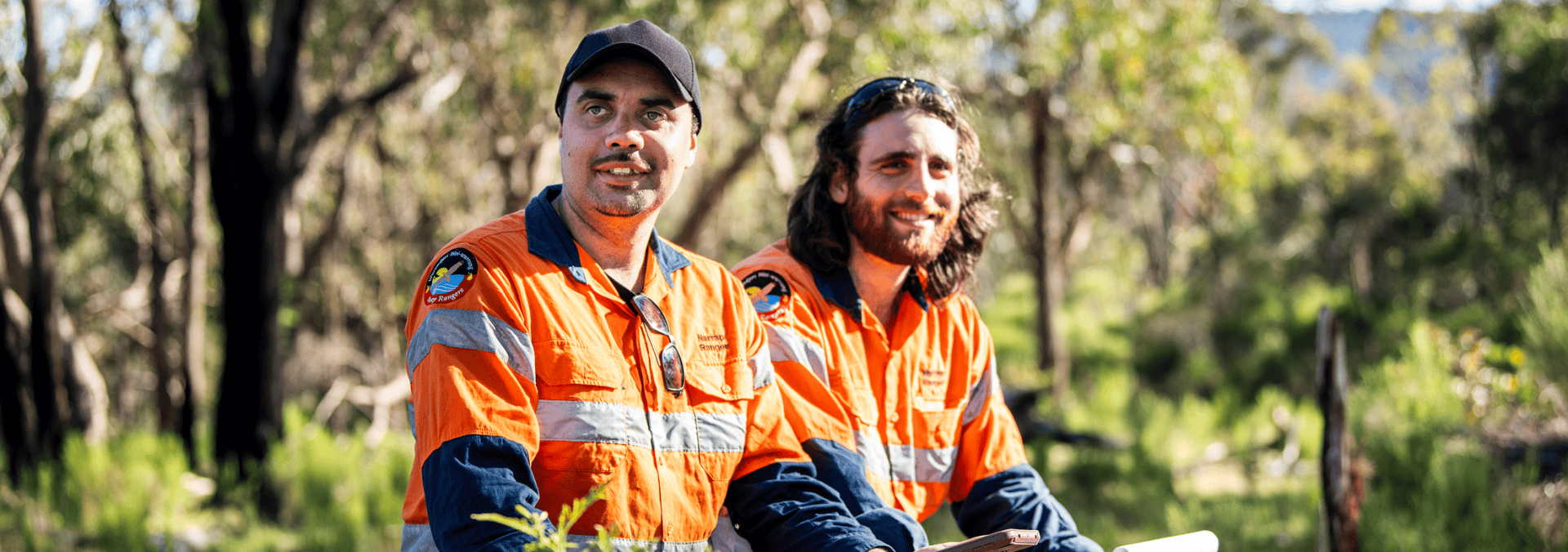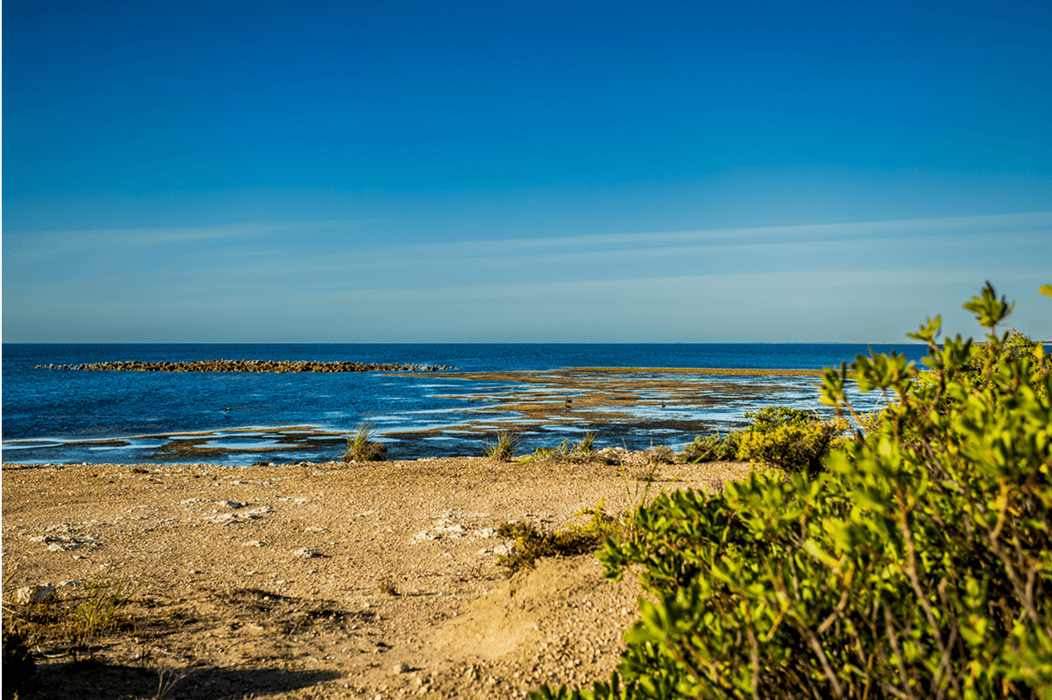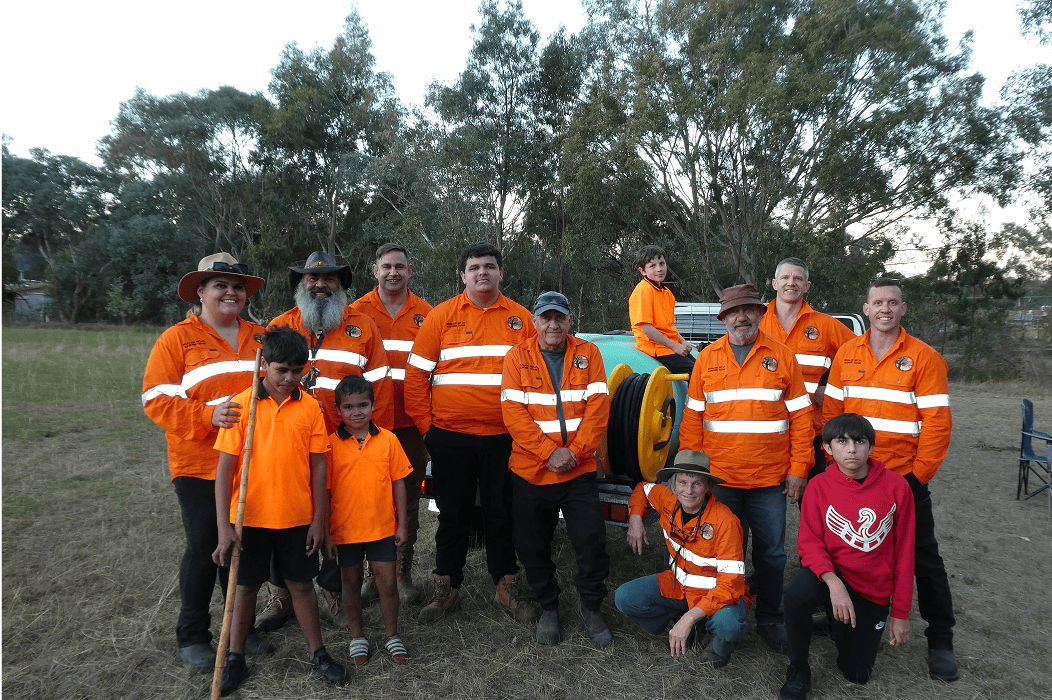First Nations and Landcare Projects

Landcare Australia is actively engaging with First Nations communities to promote sustainable land management practices and support Indigenous-led conservation initiatives. We are committed to fostering collaboration with Traditional Owners and First Nations organisations and landcarers. The opportunity to integrate Traditional ecological knowledge and practices promises to create a brighter, more ecologically sustainable future for the nation, fostering mutual respect, understanding, and cooperation among all Australians.
Many landcare groups have been working with First Nations Peoples for a long time. Landcare Australia is working to source funding from our corporate, philanthropic and government partners to support landcarers work with First Nations Peoples on projects.
Hand-in-hand, with Landcare Australia’s First Nations Landcare Working Group we are deepening our commitment to meaningful partnerships with First Nations communities, prioritising culturally respectful approaches that amplify Traditional Owners’ voices and ensure their leadership in shaping programs and projects on Country.
These projects will focus on how together we can provide economic and productivity benefits, restore the landscape, improve biodiversity and support sustainable agriculture. Additionally, these projects create partnerships that support activities that will improve community wellbeing, the transfer of knowledge, and sustainable employment structures for Indigenous youth to work on Country. Current projects include the Point Pearce Aboriginal Corporation Culture Garden in South Australia, and the Bangerang Aboriginal Corporation’s Itjumatj Woka ‘Healthy Country Project’ in Victoria. Working with First Nations organisations, Landcare Australia has made available various resources and guidelines for working with Traditional Owners and First Nations organisations, please read more here.

